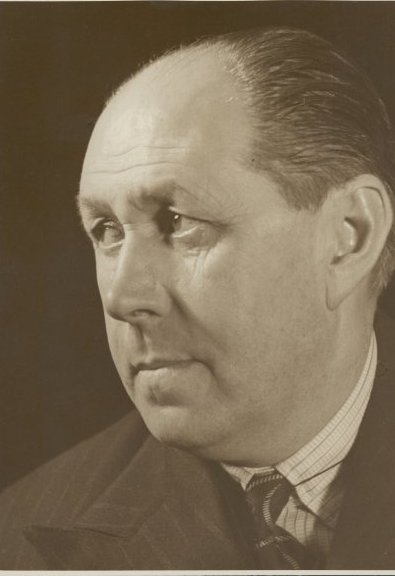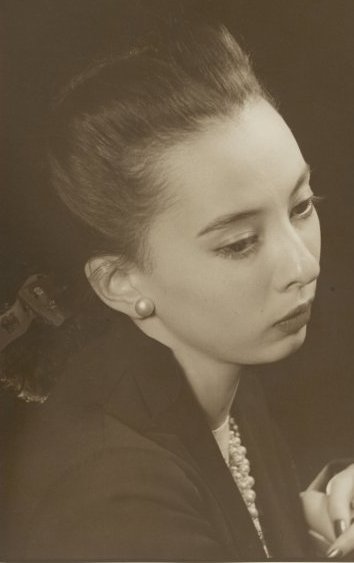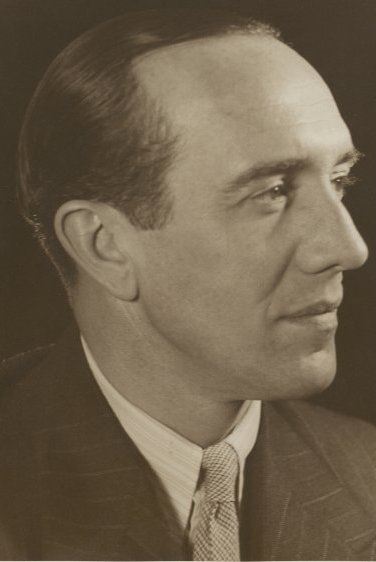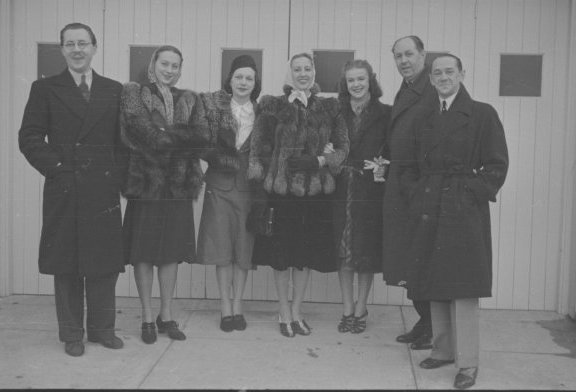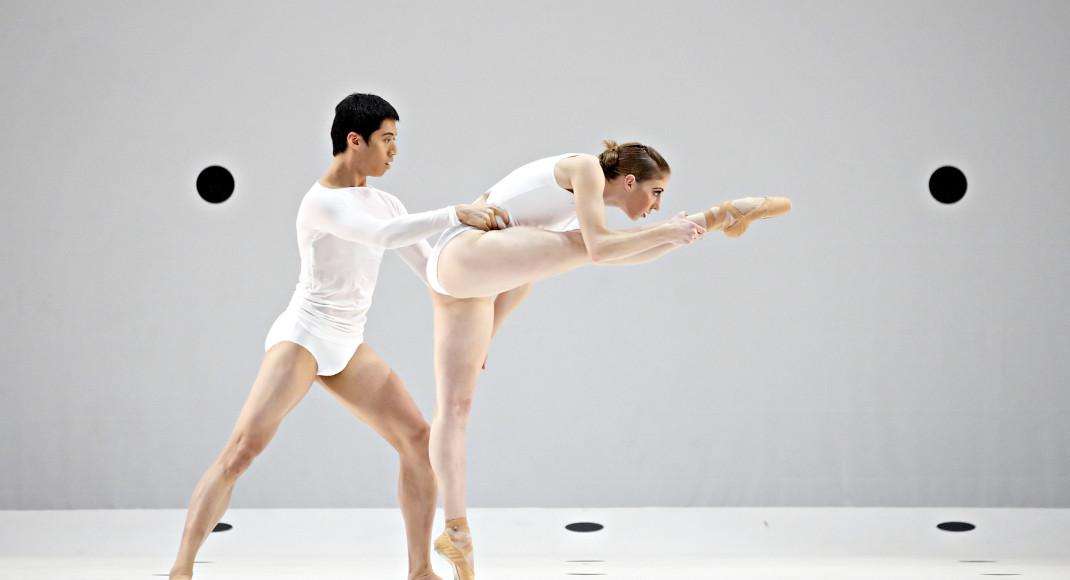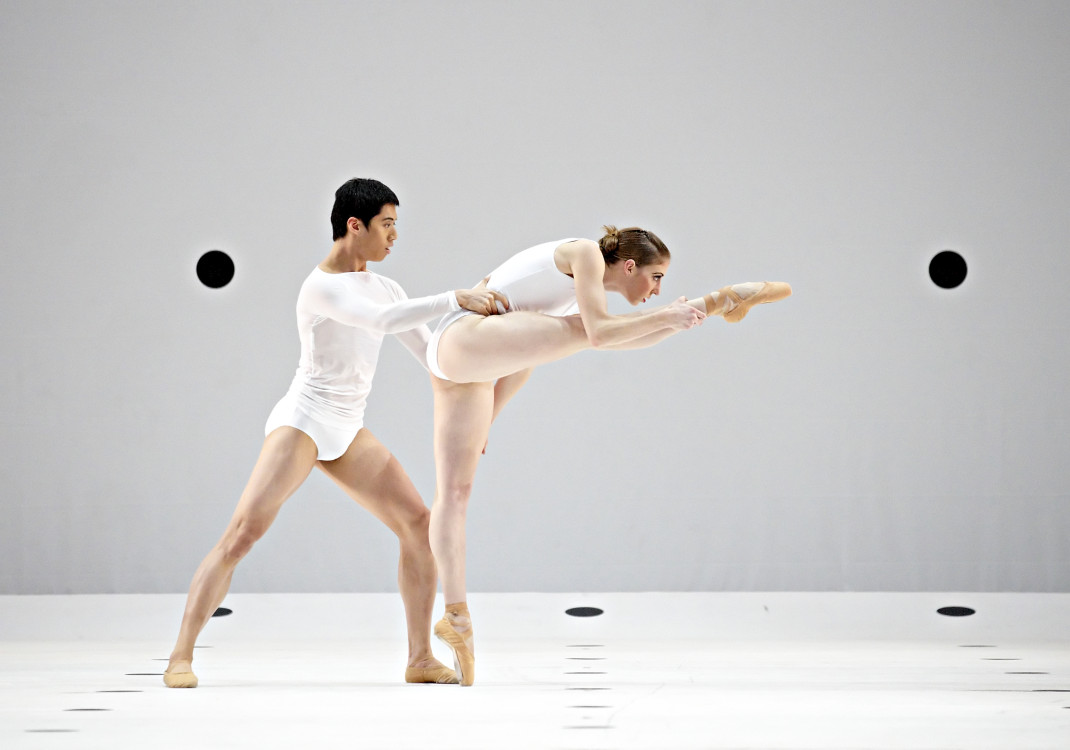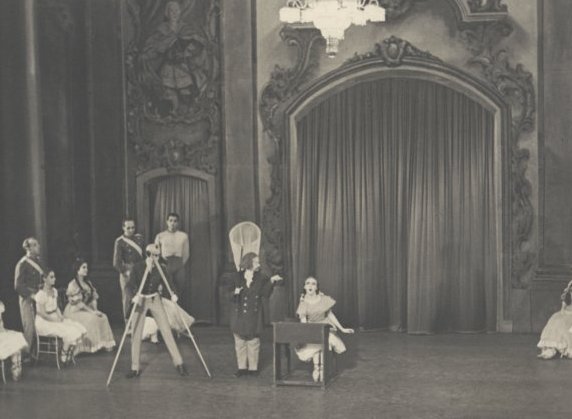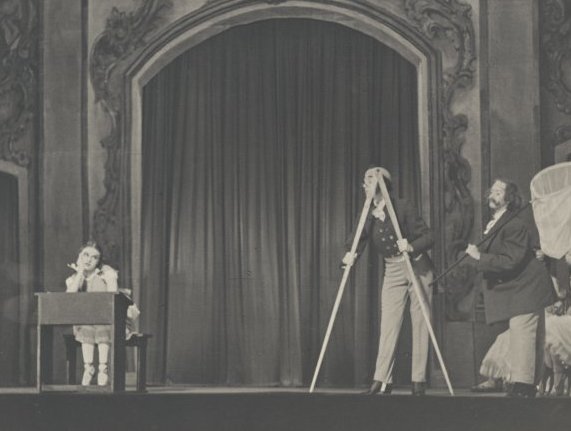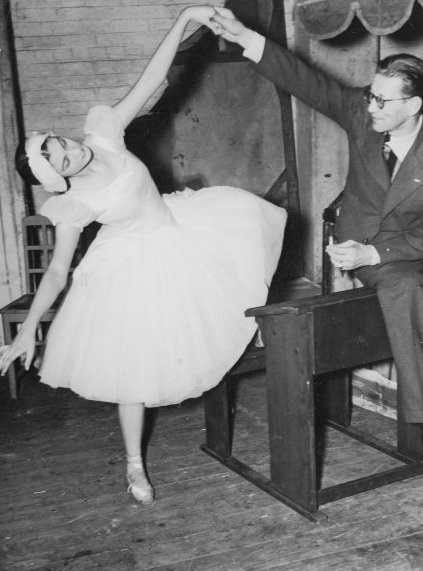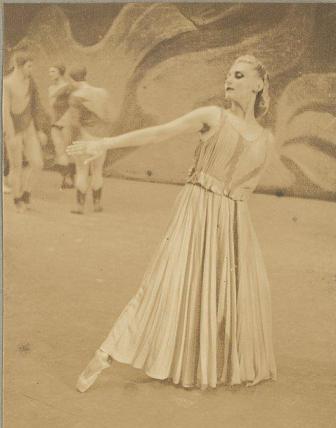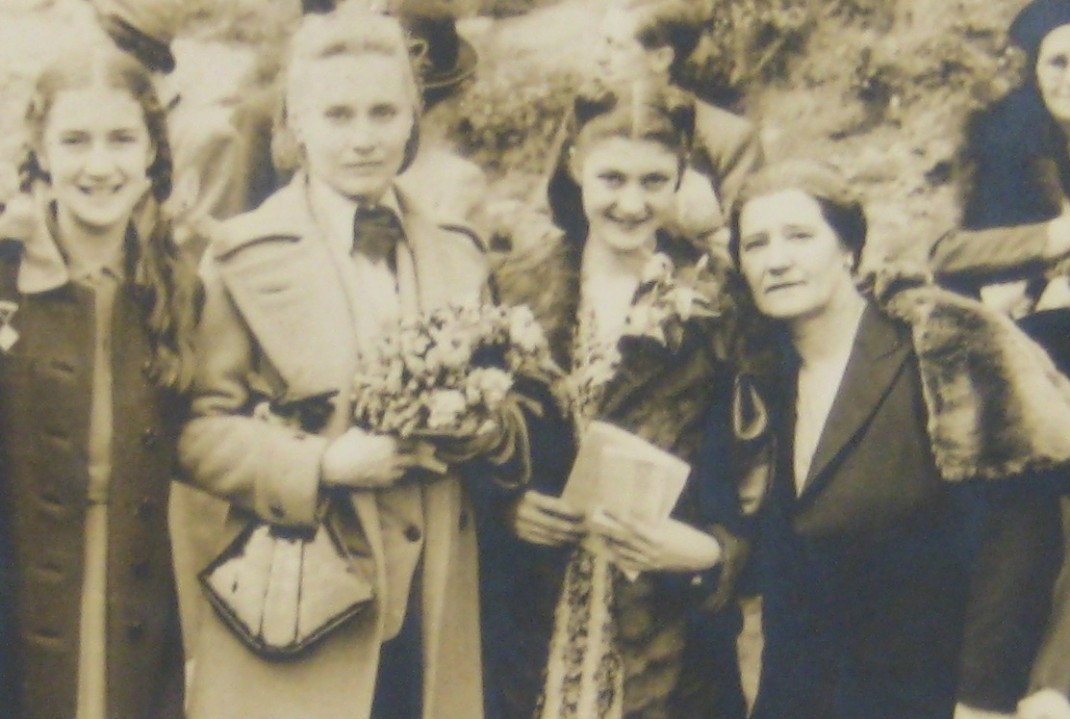It was the photographer Max Dupain who referred to the Ballets Russes dancers who toured in Australia between 1936 and 1940 as ‘very interesting people, very interesting for Australia at that stage’ and who noted that they were ‘taken into the bosom of Sydney and feted and entertained’. Even a cursory glance at newspapers of the time indicates the excitement that their visits generated and deeper investigation reveals sound artistic reasons why these artists from the other side of the world inspired so many. But what of the ‘feted and entertained’?
Each city the companies visited had its complement of Australians who made it their business to find a way to entertain the dancers on weekends. Usually they also made a significant contribution to how we now understand those tours. In Sydney there was dermatologist Dr Ewan Murray-Will, for example, who entertained many of the dancers at his beach house at Bungan Beach just north of the city, and who recorded some remarkable film footage of dancers performing on the beach. His personal photograph album also shows the dancers off duty on picnics and at animal sanctuaries enjoying an Australian look at life. There was publisher Sydney Ure Smith whose archival collection of letters indicate his many personal kindnesses to the dancers and their entourage and who published so many articles and photographs about the ballet in the various magazines and journals for which he was responsible in some way. There was lawyer Arthur Wigram Allen whose large homes, ‘Merioola’ in Woollahra and ‘Moombara’ at Port Hacking, were venues for lunches and parties, sometimes of extensive proportions. Allen’s diaries now provide an interesting background to the weekend exploits and activities of the dancers.
There was also the Repin family whose highly successful commercial coffee business is well known, but whose friendship with a group of dancers and others from the Original Ballet Russe tour of 1940 has not been so well documented. Ivan Repin, born in Novgorod province, Russia, arrived in Australia with his family via Shanghai in 1925. He opened his first coffee shop in King Street, Sydney, in 1930 and, following the success of that enterprise, quickly opened other ‘coffee inns’ in the main business area of Sydney. Ivan Repin’s entry in the Australian Dictionary of Biography notes that Repin’s coffee shops:
‘brought to predominantly tea-drinking Sydney a little of the sophistication that characterized the city of St Petersburg in Tsarist Russia. They were the antipodean counterpart of the Russian Tea Room in coffee-drinking New York and the precursors of Australia’s Italian espresso-bars’.
Repin’s coffee inns were also to some extent a home away from home for Russian speakers in Sydney, including those of the visiting Ballets Russes dancers whose first language was Russian. George Repin, Ivan Repin’s son, has noted that his father employed many Russian speakers, including Estonians and Ukrainians, in his shops. He has also explained that the head office of Repin’s Pty Ltd was at 130 King Street, just around the corner from Castlereagh Street and in close proximity to the Theatre Royal where the Ballets Russes companies performed when in Sydney. The Russian speaking dancers enjoyed coming to the Repin’s coffee shops not just to drink coffee but to speak Russian, which they did between matinee and evening performances and whenever the opportunity arose.
Ivan Repin and his wife also enjoyed socialising with members of the company and entertained them at their home in Bellevue Hill in the eastern suburbs of Sydney, occasionally inviting other members of Sydney’s professional Russian community to share the occasion. What now remains of those occasions is a small collection of photographic portraits taken by Ivan Repin and some casual shots of the dancers arriving at the Repin home. Those portraits of which Ivan Repin was especially proud he printed in sepia tones and framed: Sono Osato, Serge Grigorieff and Dimitri Rostoff. They are serious studies in contrast to the casual arrival scenes. But they all add to our understanding of the out-of-hours moments enjoyed by the Ballets Russes dancers.
Photos: Ivan Repin, 1940. Reproduced by permission of the National Library of Australia.
(Top row left to right) Serge Grigorieff; Sono Osato; Dimitri Rostoff
(Bottom row) Dancers arriving at Bellevue Hill: left; centre; right
© Michelle Potter 29 August 2009
